
FREE SHIPPING TO U.S. AND PUERTO RICO FOR ALL ORDERS $100 AND OVER!
We are unable to accept returns on any products or test kits. All sales are final.
By visiting our site, you agree to our privacy policy regarding cookies, tracking statistics, etc. Read more
FREE SHIPPING TO U.S. AND PUERTO RICO FOR ALL ORDERS $100 AND OVER!
We are unable to accept returns on any products or test kits. All sales are final.
FREE SHIPPING TO U.S. AND PUERTO RICO FOR ALL ORDERS $100 AND OVER!
We do not currently ship internationally.
Neurotransmitter levels can now be determined by a simple and convenient urine test collected at home. Knowing your neurotransmitter levels can help you correct an imbalance today, or prevent problems from occurring in the future.
It would be hard to overstate the complexity of the vast network of specialized cells that make up your nervous system. The average human brain houses over 100 billion nerve cells (neurons), with each connected to 10,000 or so other cells which, if you do the math, equals approximately 1000 trillion connections in your brain. This means you have, even on a slow day, roughly 10,000 times more connections in your brain than there are stars in the Milky Way. Everything we do – all of our movements, thoughts, and feelings – is the result of these nerve cells talking with one another via electrical and chemical signals.
Neurons are not in direct contact with each other; in order to communicate with each other, they rely on highly specialized chemicals called neurotransmitters. Neurotransmitters are chemical messengers that coordinate the transmission of signals from one nerve cell (neuron) to the next. These all important brain chemicals interact with target sites called receptors located throughout the brain (and body) to regulate a wide variety of processes including emotions, fear, pleasure, joy, anger, mood, memory, cognition, attention, concentration, alertness, energy, appetite, cravings, sleep, and the perception of pain.
Additionally, neurotransmitters chemically link the brain and spinal cord with the rest of your body: muscles, organs, and glands. Thus, our brain is not only an array of wires (nerve cells/neurons), but also a highly evolved chemical soup (neurotransmitters). Neurotransmitters affect every cell, tissue, and system in your body. Because neurotransmitters are functionally integrated with the immune system and the endocrine system (including the adrenal glands), neurotransmitter imbalances can cause widespread health problems, such as:
The good news is that for each neurotransmitter we discover is out of balance, there are usually natural remedies such as vitamins, minerals, amino acids, herbs, or homeopathy that can help restore proper balance.
Proteins, minerals, vitamins, carbohydrates, and fats are the essential nutrients that make up your body. Proteins are the essential components of muscle tissue, organs, blood, enzymes, antibodies, and neurotransmitters in the brain. Your brain needs the proper nutrients everyday in order to manufacture proper levels of the neurotransmitters that regulate your mood.
Disrupted communication between the brain and the body can have serious effects to one’s health, both physically and mentally. Depression, anxiety and other mood disorders are thought to be directly related to imbalances with neurotransmitters. The four major neurotransmitters that regulate mood are Serotonin, Dopamine, GABA and Norepinephrine.
When operating properly, your nervous system has natural checks and balances in the form of inhibitory (calming) and excitatory (stimulating) neurotransmitters.
The Inhibitory System comprises mainly GABA and serotonin, and serves to “cool” your central nervous system engine.
Our two principle stimulating neurotransmitters are dopamine and norepinephrine.
Testing of neurotransmitters allows us to identify “upstream” causes of some of the most “downstream” symptoms encountered in contemporary society. Without such testing, no matter how educated, we are merely guessing. Personalized treatment requires personalized evaluation of neurotransmitters and, for that matter, hormones, adrenal output, and inflammation.
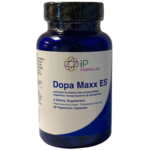
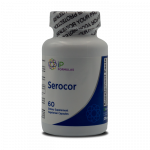
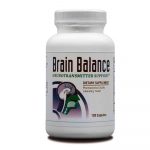
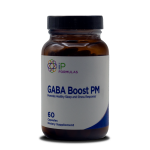

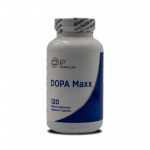




This site is protected by reCAPTCHA and the Google Privacy Policy and Terms of Service apply.